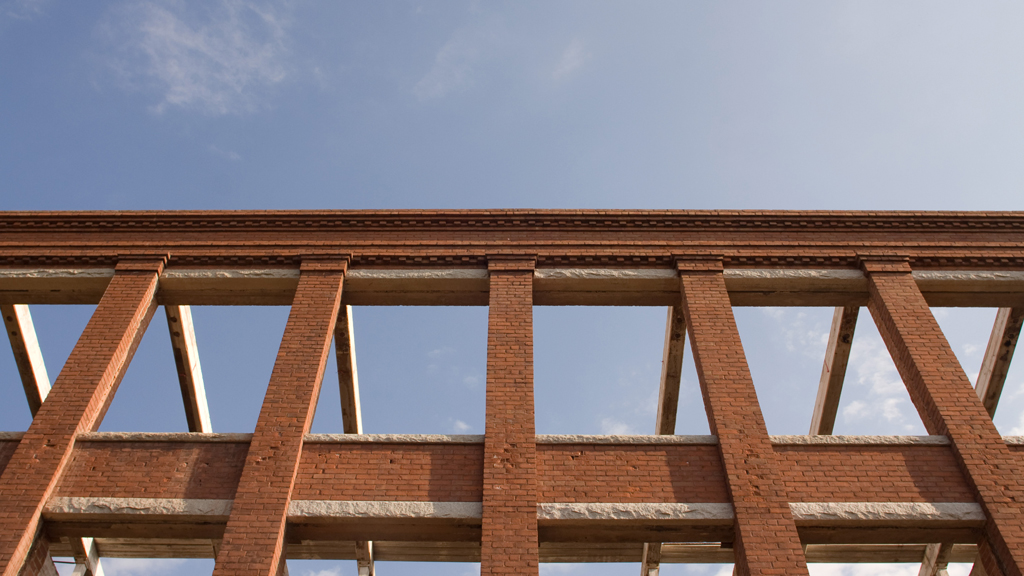The recently completed BUILDEX 2021 offered a one-hour presentation on adaptive reuse as part of its Amplified Program, a combination of in-person and online educational programming for Alberta and B.C.
The title of the presentation was Adaptive Reuse of Existing Buildings: Successfully Delivering New Lives for Troubled Assets and Struggling Neighbourhoods.
Adaptive reuse refers to the repurposing of existing buildings for new uses that fit better with present-day economic and real estate circumstances.
In today’s COVID-19 world, changing workplace practices and real estate strategies are putting more pressure on commercial real estate.
At particular risk are Class B and C, aging, energy-inefficient, technologically outdated and poorly located properties.
A BUILDEX panel of four commercial real estate professionals discussed how adaptive reuse (AR) projects in Canada and the U.S. are injecting new life into troubled properties and revitalizing dormant communities.
Steven Paynter, principal and office buildings leader in the Toronto office of Gensler, an architecture and design firm, said the rationale for AR “really depends on the circumstance.”
“For us, the big driver in North American cities right now is bringing life and vibrancy back to the downtown cores,” said Paynter. “We’ve seen a lot of tenants leaving low-quality office buildings, retail and other dated real estate.”
Their departure has left holes in the city that need to be repaired and refilled with life.
“If we can bring people back to the downtown, we can create a dynamic city that’s sustainable into the future,” said Paynter. “AR works well for that because it’s quicker, it’s usually more cost-effective than demolishing and rebuilding, and it is more sustainable.
“An AR project can reduce the amount of embodied carbon by up to 80 per cent compared to a new build. It has many benefits.”
Paynter said Toronto has seen “a whole mix” of AR over the past 10 years.
“Sometimes they are simple upgrades, like the work we did at 180 John St., to convert an existing timber building into high quality, modern office space,” he said. “Others are more complex, like the work we’ve been doing at Yonge and St. Clair for the last six years, transforming the podiums, retail and public realm to upgrade the entire neighbourhood.”
Hannes Kovac, president and CEO of OPUS Corporation, a Calgary real estate developer, said 14 million square feet of downtown office space is sitting empty.
“We’ve been seeing some of them get converted to all kinds of different uses,” said Kovac. “Mostly to residential, but other types, too.”
There are no provincial incentives in Alberta for owners to convert their buildings.
“But Edmonton offers tax breaks and Calgary offers property owners a grant to redevelop vacant office buildings into residential space,” he said.
In August, the City of Calgary launched the Downtown Calgary Development Incentive Program to support downtown office conversions, office replacement and new residential development.
Thom Mahler, manager, urban initiatives and program lead for the City of Calgary’s downtown strategy, said $45 million is being made available to downtown office building owners who are interested in converting office space to another use.
The first phase of the program will run until December 2021 and will focus on office to residential conversion, with a priority on the downtown core.
Mahler said office vacancies have a far-reaching impact on the whole city.
“High downtown office vacancy means low downtown property values, which creates property tax burdens to residential and commercial properties outside the downtown core,” he said. “The program is part of the city’s effort to stop that shift.”
The program is offering a grant of $75 per square foot for office to residential conversions.
According to Calgary Economic Development, 28 commercial buildings are potential candidates for conversion.
“We’ve had 13 grant applications since August,” said Mahler. “Our target is to renew six million square feet of office space over the next 10 years.
Office to residential conversions have proven to be very popular in Kansas City, Missouri, according to another of the panellists, Jason Swords, principal of Sunflower Development Group, LLC in that midwestern city.
“The residential conversions have been going on for about 15 years,” he said. “Many people have moved into them.”
The City of Kansas City offers a variety of incentives to developers, such as property tax abatements, tax incremental financing and commercial improvement districts.
“The city has started reducing the incentives, because many of the potential conversions have been completed,” said Swords.











Recent Comments
comments for this post are closed